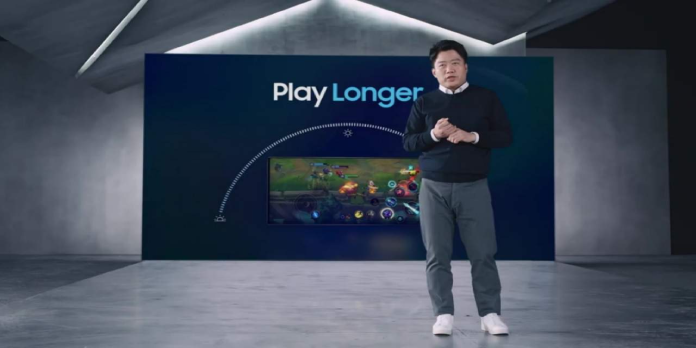Smartphones and tablets have advanced to the point where some can compete with even the most powerful laptops. As Apple’s M1 Silicon demonstrated, the processors that power these mobile devices can compete with some laptop-class chips. There are still some things these mobile chipsets can’t do, but Samsung’s Exynos 2200 promises to close that gap with its ability to perform ray tracing on smartphones, tablets, and possibly even laptops.
Ray tracing isn’t exactly new; it’s one of the oldest methods for creating photorealistic computer images. However, because it has always been computationally expensive, most graphics technologies have attempted to use workarounds to produce the same quality images with less. The recent generation of graphics cards, such as the NVIDIA RTX and AMD RDNA 2 families, reintroduce ray tracing to the forefront by utilizing advanced hardware and software techniques to reduce costs.
Despite advancements in manufacturing and silicon technologies, smartphones have yet to reach that level of graphics complexity. That’s why Samsung’s claim is so intriguing: if true, it would be the biggest leap forward in mobile graphics history. According to a Weibo post, an upcoming Exynos chip, which admittedly isn’t called the Exynos 2200, will use ray tracing technology to bring pictures to life.
While ray tracing capabilities will primarily benefit 3D games, it does imply that the chipset will have a powerful GPU. Benchmarks have shown that the Exynos 2200 outperforms current and upcoming Mali GPUs. However, this must be verified inside a smartphone that frequently applies performance throttling for thermal management and battery life.
However, the more pressing question is when and where we’ll see the Exynos 2200 in action. The Galaxy S22 series appears to be the most likely recipient, but there have also been rumors that the chip will first be used in a laptop to compete with the M1 MacBooks.
Source: weibo.com



